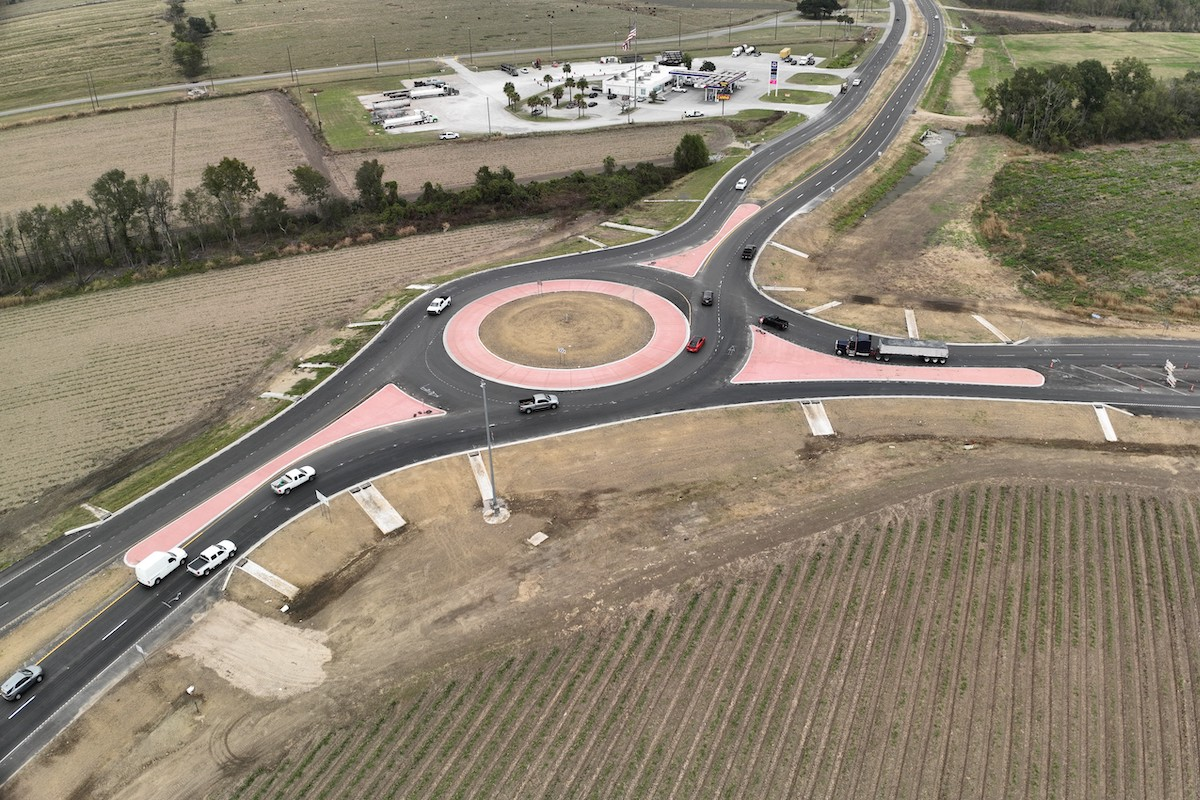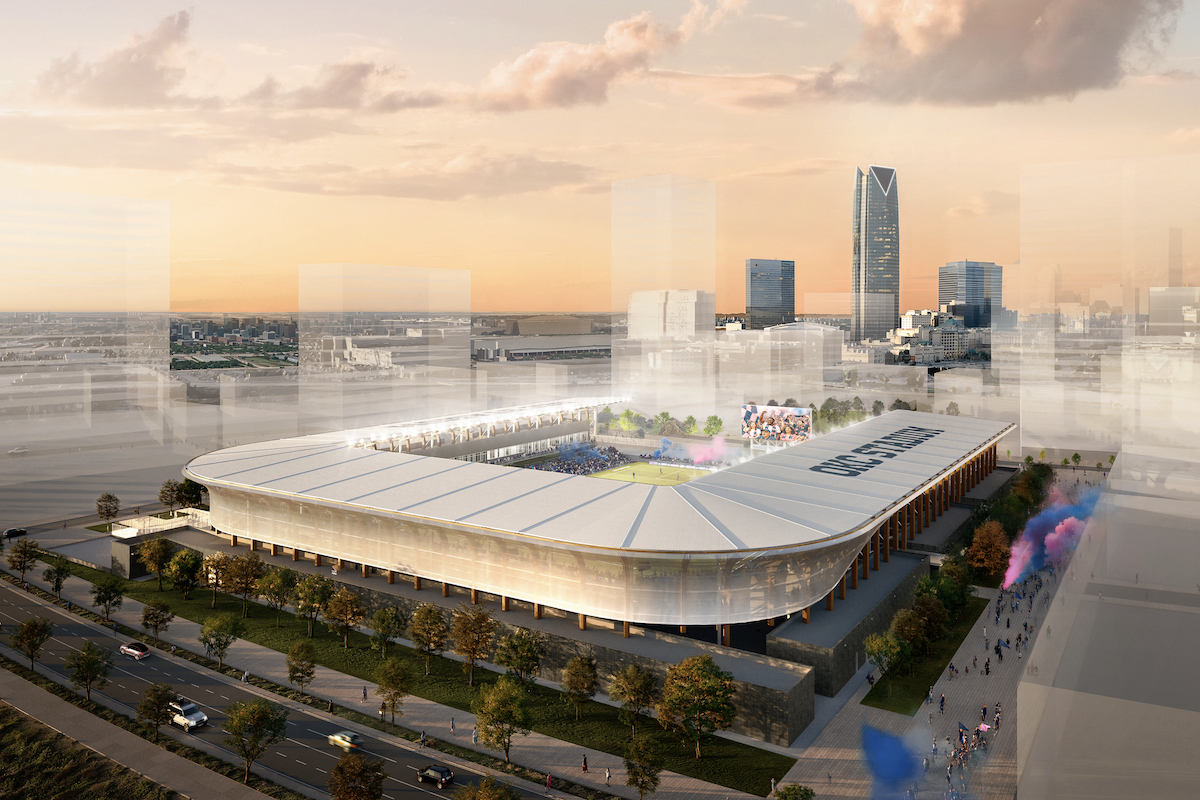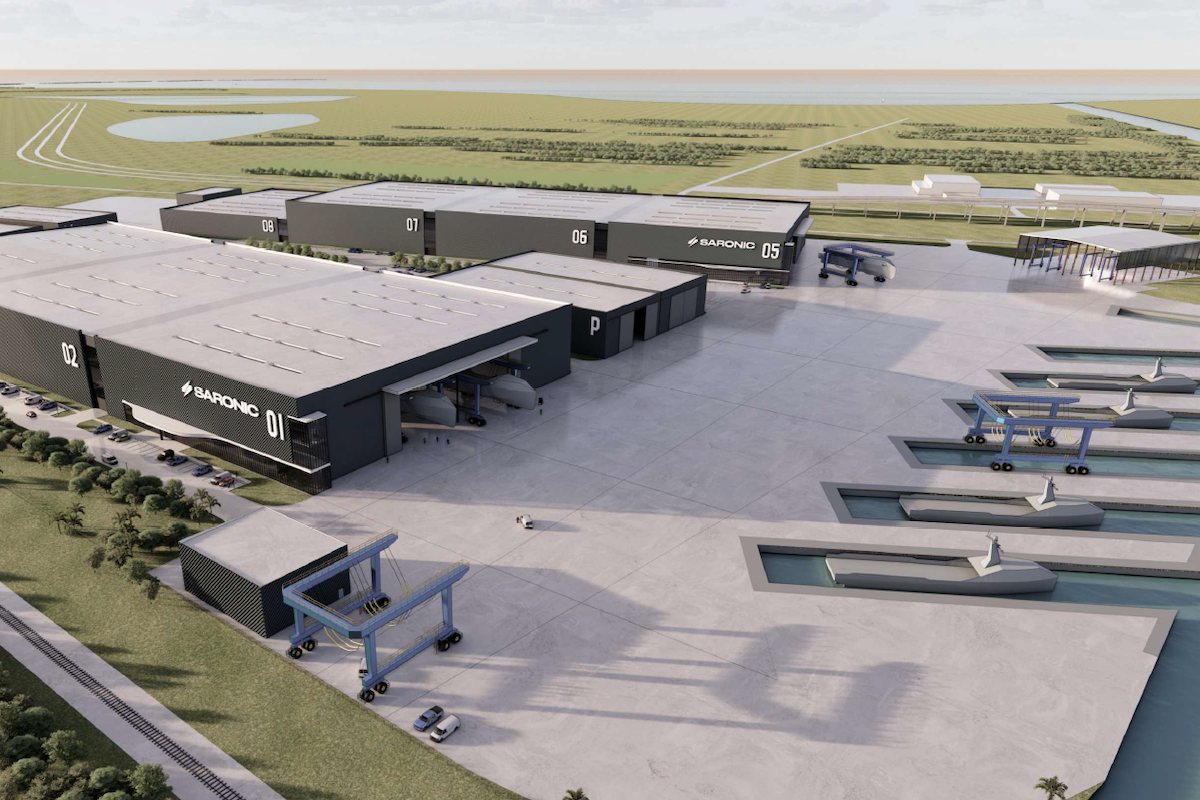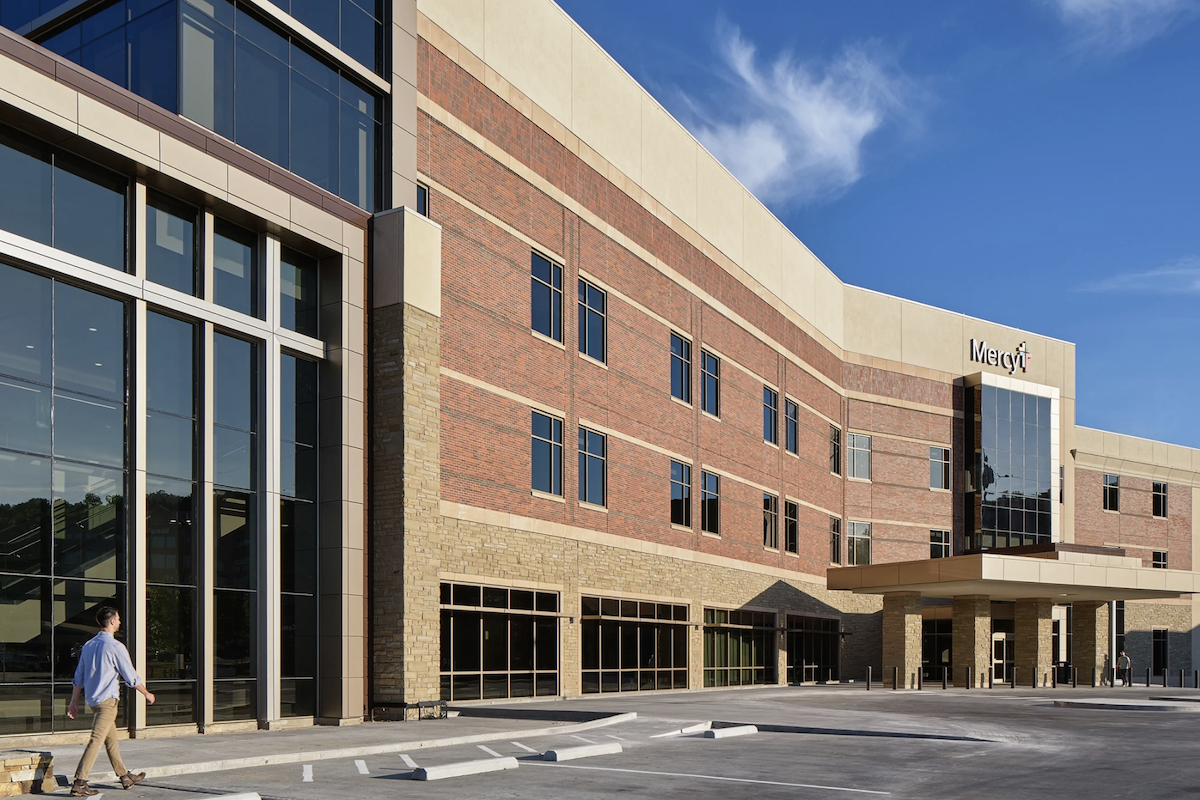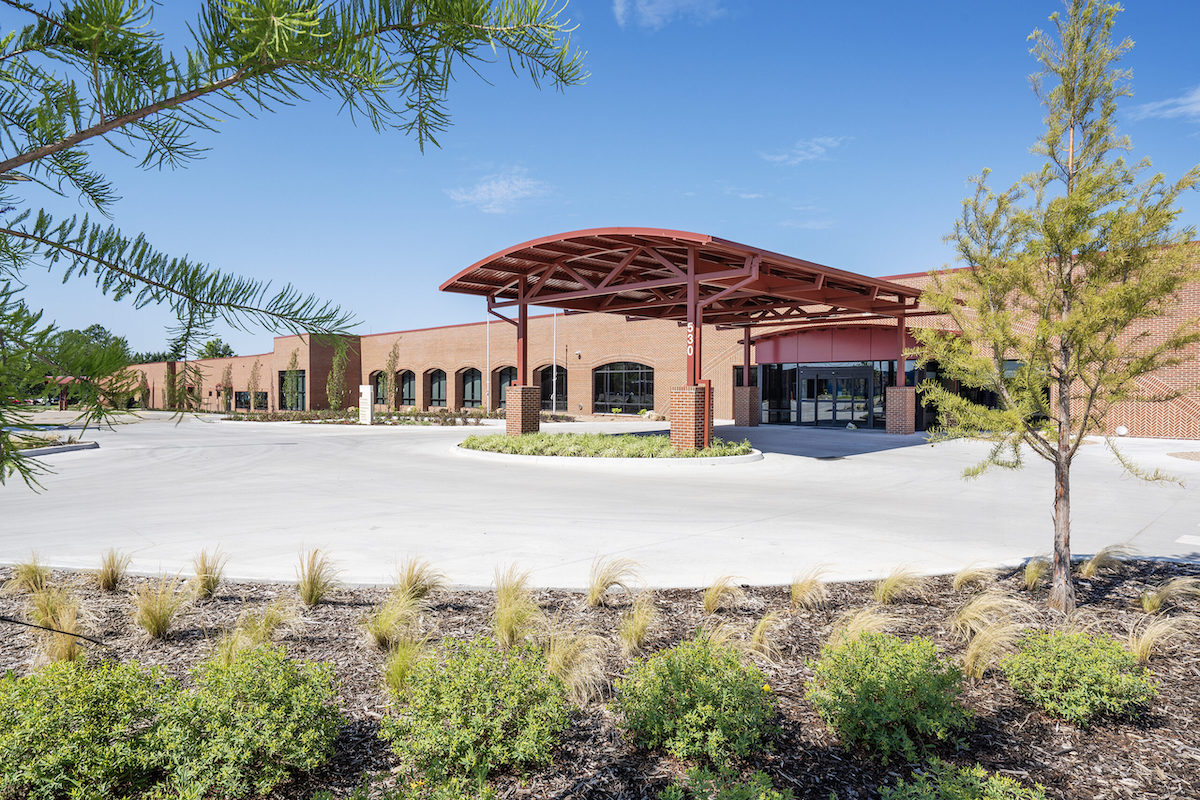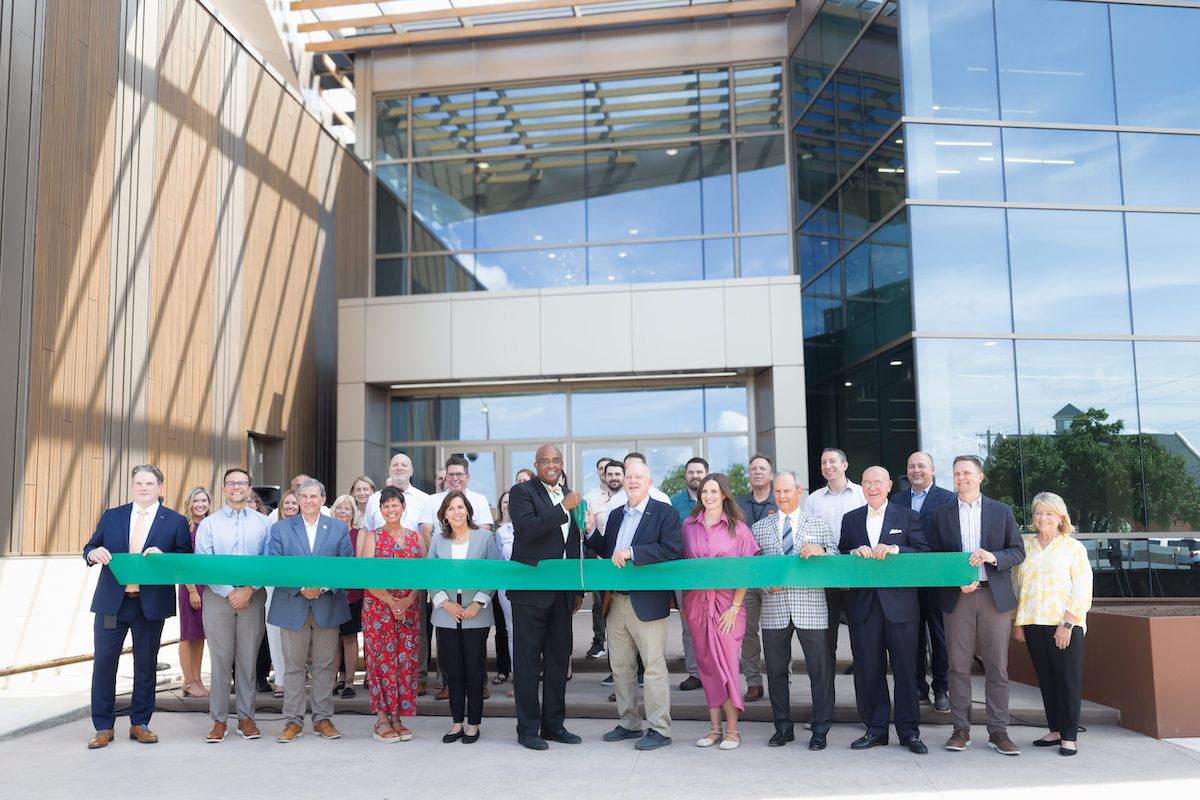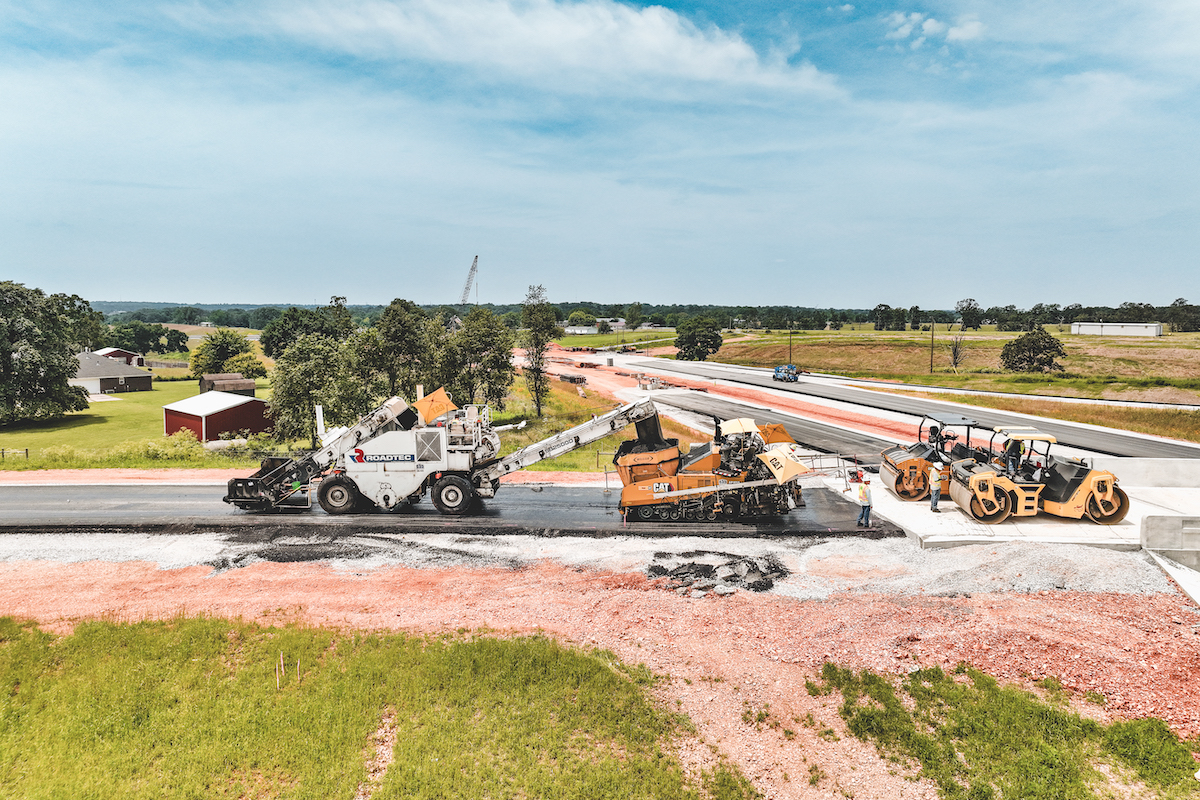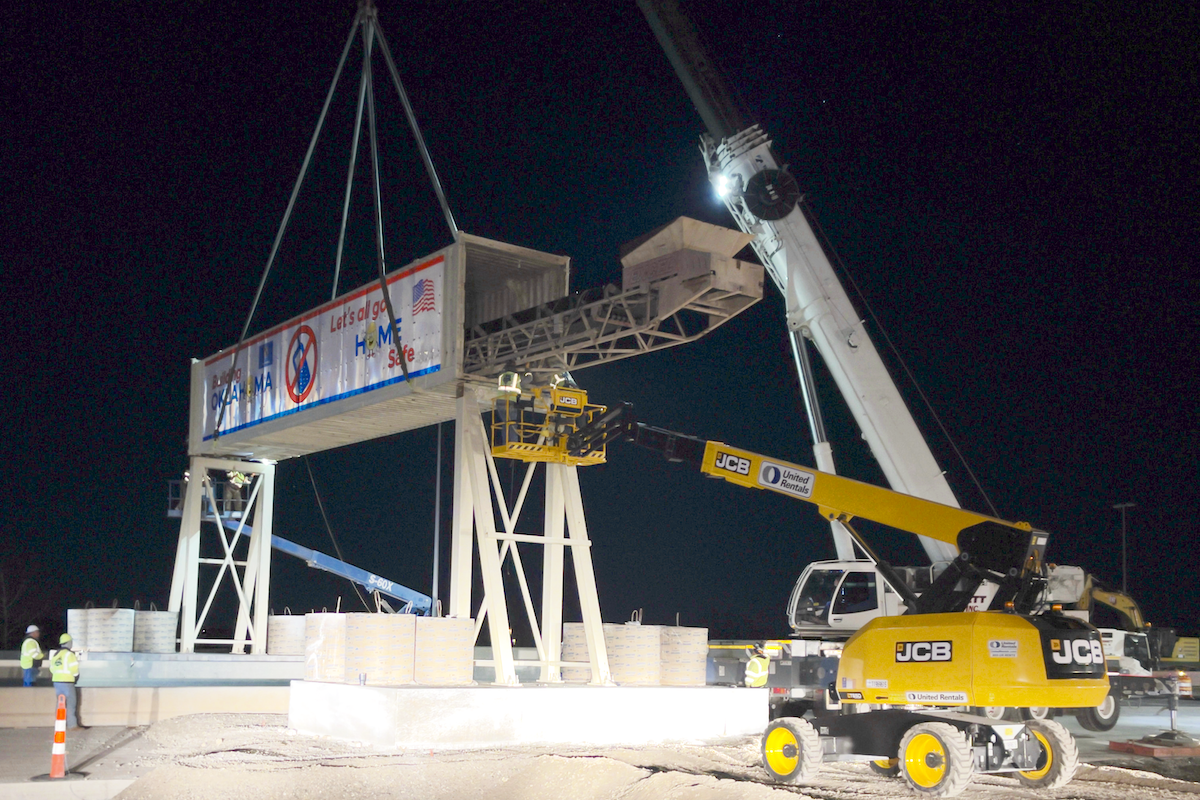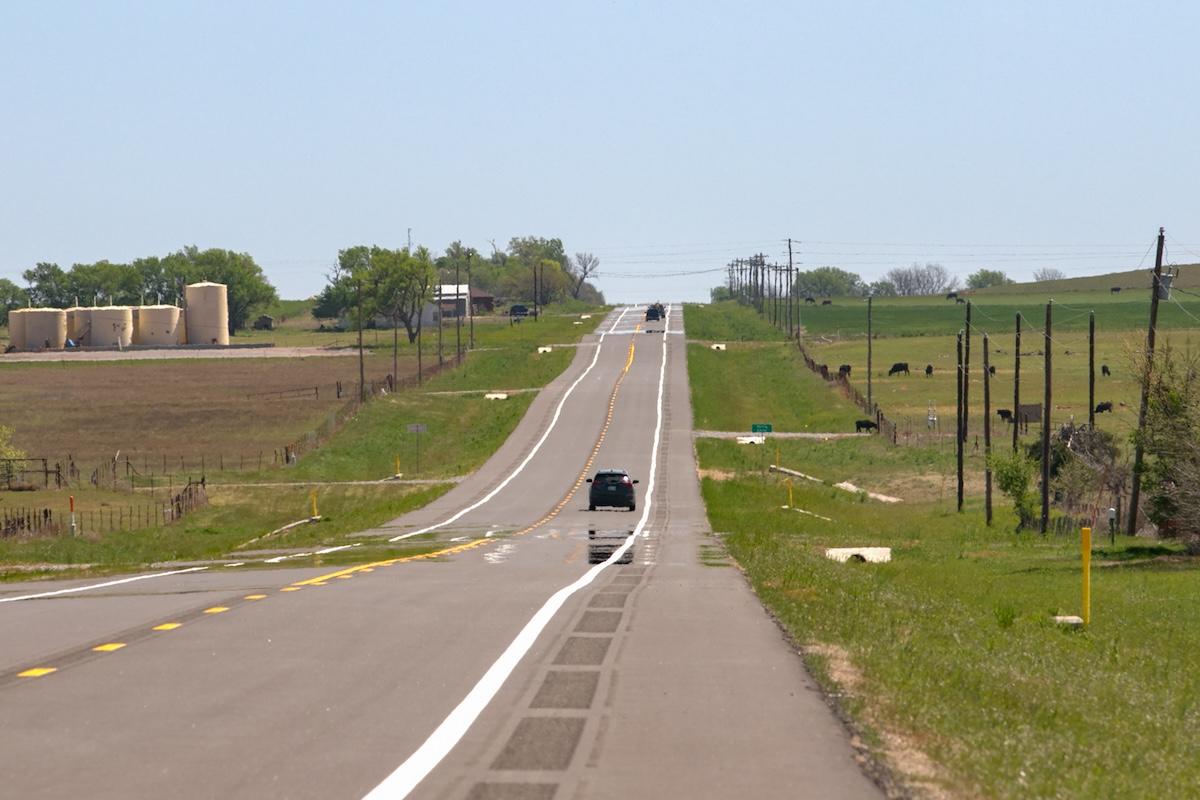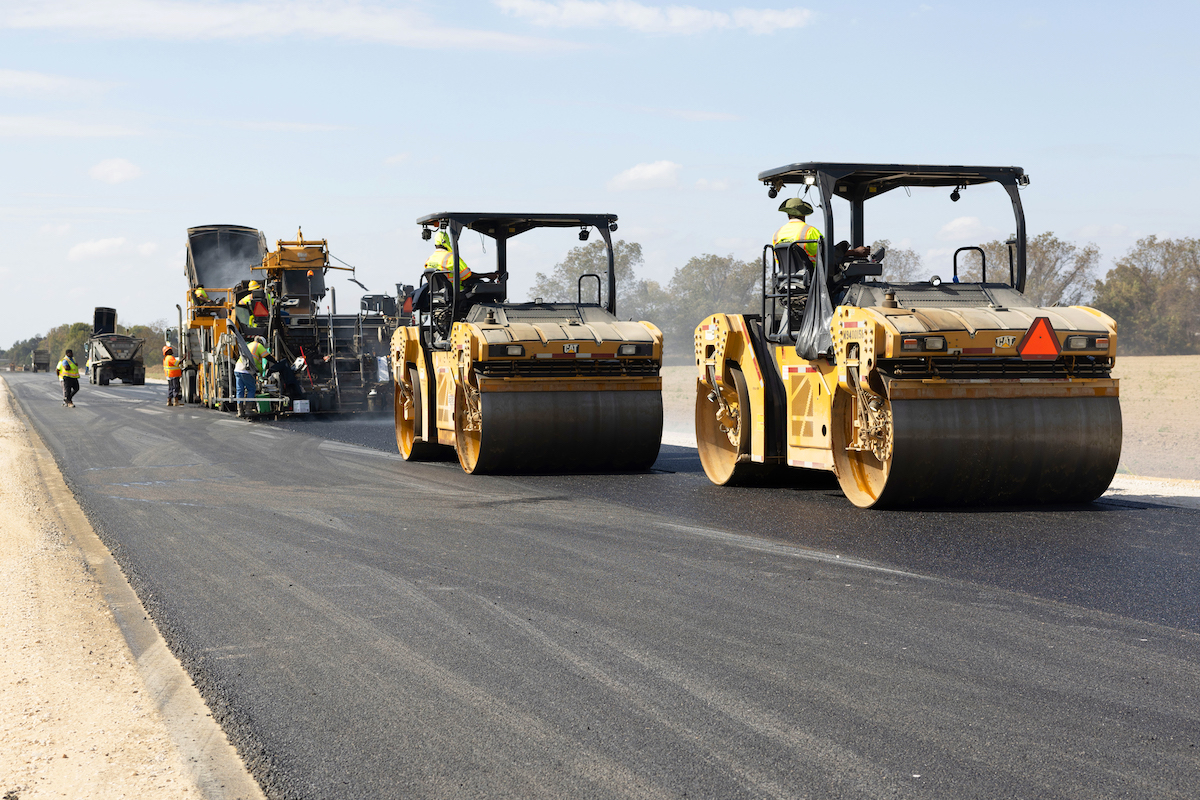The last remaining task before opening the bridge is to balance the moveable spans.
Initially, the contract called for concrete block counterweights, but the moveable bridge leaf was too heavy. Engineers performed multiple calculations and determined that steel counterweight blocks were instead needed to balance the bridge. At that point, the contractor secured and installed all steel counterweight blocks that vendors had in stock, but additional blocks needed to be fabricated. The bridge components are manufactured offsite by various vendors.
Over the last two months, two shipments of steel counterweights were received and installed.
DOTD, like many other businesses, is feeling the impacts of shipping and manufacturing delays. The contractor recently received 10 more pallets of steel counterweights, but the complete order did not come in. Six additional pallets are expected to ship soon. The weights are crucial to balance components of the bridge.

| Your local ASV dealer |
|---|
| CLM Equipment Co |
In addition to the challenge of balancing components of the bridge, the contractor has worked through typical structural, mechanical, and electrical issues. These tasks are common for major mechanical bridge rehabilitation projects.
Despite these setbacks, work is progressing. The contractor recently began striping the bridge and continued completing punch list items.
The $28.36-million project began in August 2018. This major reconstruction project has a contract time of three years. Since then, multiple weather events, COVID-19, and other unforeseen circumstances have delayed the reopening of the U.S. 11 Bridge.
















